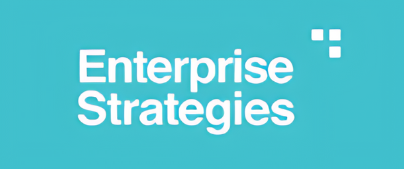15 Mar The employee journey is just as important as the customer journey
 A positive employee experience and atmosphere is a major component to a company’s success. Having an environment that is stressful or not conducive to your employees makes it very difficult to have engaged employees that give their best work. These issues could range from not receiving enough direction or feedback from superiors to having a coworker that continually slacks off, unnoticed.
A positive employee experience and atmosphere is a major component to a company’s success. Having an environment that is stressful or not conducive to your employees makes it very difficult to have engaged employees that give their best work. These issues could range from not receiving enough direction or feedback from superiors to having a coworker that continually slacks off, unnoticed.
According to The Active Job Seeker Dilemma report from The Future Workplace, 83 percent of HR professionals agreed that employee experience is either important or very important to the success of the company. Your company wants the most dedicated and effective individuals to apply for job openings. So first you must figure out how to get these individuals to want to apply and work for you, and then stay at your company long-term. Potential hires should be analyzed in the same way as customers (often called the customer journey). This same process can be used to map the employee journey as well.
In a Ted Talk by Diana Dosik entitled Why We Need To Treat Our Employees As Thoughtfully As Our Customers, she explained that companies must adopt an approach similar to the customer experience to evaluate the employee journey. “Business leaders have a golden opportunity,” Dosik said. “They can understand and shape employee journeys the same way they do customer journeys. In fact, they can do it even better because they have more touchpoints with employees than with customers.”
The customer journey map typically showcases a timeline that includes all of the ways that the customer sees or interacts with the company or brand, as well as an evaluation of the company’s ability to reach customers and the response. Similarly, an employee journey presents an employee’s path throughout his day or while trying to achieve a goal. Depending on a company’s goals, the employee journey map can be somewhat altered, but it typically includes:
- A timeline of the employee’s experience
- Key touchpoints
- The employee’s thoughts, feelings and actions
- Pain points
- Opportunities
Based on this information from different employees, leadership can have a better understanding of what makes work difficult for employees and how to make an educated decision about any changes. Sometimes companies are surprised to find out what pain points or obstacles employees face. This is why the employee journey map is such an important first step to improving your workplace environment, which organically helps improve and make better the business as a whole.
Employees and customers are equally important to a company’s success. If one group is undervalued or ignored, continuing sales and profitability is not likely. The Employee Engagement Benchmark Study by Temkin Group found that “customer experience leaders have 1.5 times as many engaged employees as do customer experience laggards.” By placing focus on both customers and employees journeys, your company uses statistical analysis to ensure its success.
